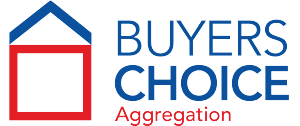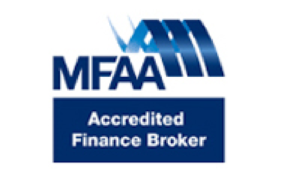
FAQ's
Borrower Questions
The amount you can borrow is commonly known as your borrowing capacity. Your borrowing capacity will differ from lender to lender.
The First Home Owner Grant (FHOG) scheme was introduced on 1 July 2000 to offset the effect of the GST on home ownership. It is a national scheme funded by the states and territories and administered under their own legislation.
Under the scheme, a one-off grant is payable to first home owners that satisfy all the eligibility criteria.
As the funding for this national scheme is administered by the individual States and Territories, eligibility criteria will vary.
To see if you are eligible and to obtain more information about the First Home Owners Grant, please select the State or Territory below in which you intend to purchase your home.
Other fees and charges may include (but are not limited to):
- Building/Pest inspection
- Valuation fees
- Lender’s mortgage insurance (LMI)
- Solicitor fees
- Insurances
- Connection fees – phone/gas/electricity
- Shire rates and taxes
- Stamp Duty
There are two types of stamp duty:
On the property: Transfer Stamp Duty is payable by the purchaser of real estate based upon the purchase price of the property. Depending on individual State legislation, the duty is payable to the Office of State Revenue.
On the mortgage: Mortgage Stamp Duty is a State or Territory Government tax (based on where the property is situated) payable by the borrower and assessed on the amount of borrowings secured by the mortgage.
Essentially, Lenders Mortgage Insurance (LMI) gives you the opportunity to purchase a property with a smaller deposit.
LMI protects the lender (not you, the borrower) should you default and the property is sold for less than the outstanding amount on the loan.
LMI premiums are payable by the borrower when the amount borrowed is above a certain percentage. Some lenders will allow you to add the LMI premium to your home loan; others require you to pay it up front.
Refinancing allows you to alter your home loan to suit your current circumstances. It’s important when considering refinancing that you’re aware of any costs from your current lender to discharge your loan.
When you refinance your existing loan, funds may be used to pay out your existing loan and/or additional funds may be borrowed.
What type of things do people refinance for?
Home loan refinancing may be used for different reasons including:
- Renovations
- Consolidating your debts
- Taking advantage of special lender offers
- To raise cash for purchase
- To obtain a home loan that will allow frequent deposits or withdrawals and will benefit you for having additional daily funds resting in this loan
- You want to switch from a fixed rate to a variable rate or vice versa
There are a few differences between what you need to do to borrow for a property you’ll live in and for one you’ll rent out. Some lenders charge a higher interest rate for investment properties because their risk may be higher.
Equity is the difference between the value of the property and any borrowings on that property. It may be possible to use this equity as a deposit or to increase your borrowings. When you buy a property, costs such as establishment fees, solicitor fees and stamp duty add up. Instead of trying to find cash to pay these fees, take them into account in your borrowings.
Broker Questions
The first step is to complete the Certificate IV in Finance and Mortgage Broking and your Anti Money Laundering and Counter Terrorism Financing Course certificate.
Within 12 months you’ll be required to upgrade your qualification to a Diploma of Finance and Mortgage Broking Management.
You’ll also need an ABN and GST registration to get started.
Mortgage Broking is a commission based industry, we recommend that you’re able to invest sufficient capital and/or cash flow to cover your immediate costs and 12 months of expenses.
We understand it can be difficult to transition from a salaried job to owning and running your own business. There are costs involved in the establishment of any business and given that this is a commission-based industry, it can be four to six months before commission income starts to flow. We designed our business solution to allow you to remain in paid employment, commence with Buyers Choice and transition into full time business over an extended period (e.g. six to 24 months).
Absolutely, most new brokers start from a home office as it’s cost effective. Many eventually move into an office as their business growth demands.
There are no geographic restrictions, your appointment as a credit representative authorises you to operate Australia wide.
Buyers Choice members have access to an extensive range of over fifty lending partners and solutions including home loans, commercial loans, asset finance, personal loans and insurance products. There are also referral arrangements in place as required.
It takes approximately 4 weeks from receipt of all required documents for your appointment to be confirmed by ASIC.
Lenders generally pay an upfront commission in the month following a loan settlement. This is paid to a commission trust and distributed weekly to you and to any referral partners you wish to pay.
The best opportunities are those which are referred to you from your own networks. We work with you to understand your network and ideal client. Once this is determined we can assist you with your marketing plans and grow your sales pipeline using the client management system.



